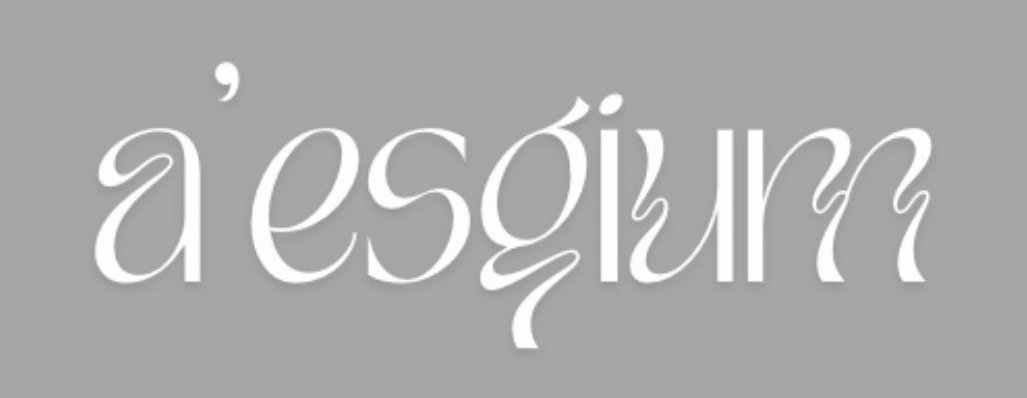Explore the evolving landscape of France’s second-hand property market, credit access challenges, and economic forecasts for the years ahead.
The French real estate market, particularly the sector dealing with second-hand properties, is currently experiencing a notable shift. While the market is showing signs of recovery, the landscape has changed significantly, and the path ahead is fraught with challenges. This article delves into the current state of the French old property market, the implications of credit access rationing, and the economic outlook for the coming years.
Current Trends in the Second-Hand Property Market
The market for second-hand properties in France has demonstrated resilience, with recent data indicating a recovery in activity levels. Despite ongoing economic uncertainties, the demand for older properties is benefiting from a decline in interest rates and the extension of loan terms. However, the overarching influence of the Banque de France’s credit rationing policies continues to shape the market dynamics.
Mortgage Market Recovery
The mortgage market has shown signs of improvement since the beginning of the year. The demand for loans has surged, particularly as inflation rates have stabilized and interest rates have decreased. According to the Observatoire Crédit Logement/CSA, the production of old loans increased by 10.4% year-on-year in the third quarter, with the number of loans granted rising by 19.7%. This recovery, however, is tempered by seasonal fluctuations typical of the market, particularly during the summer months.
Impact of Credit Rationing
Despite the positive indicators, the ongoing rationing of credit access poses a significant challenge. The Banque de France’s decision to limit loans to individuals has created a bottleneck in the market, particularly for those looking to finance their purchases. As a result, while the France second-hand property market is showing signs of life, it is unlikely to return to the robust activity levels seen in previous years.
Economic Outlook: A Cautious Perspective
Looking ahead, the economic landscape for France appears to be one of slow growth rather than rapid expansion. The European Central Bank’s (ECB) shift in monetary policy, which began in spring 2022, continues to exert pressure on the economy. While the outlook for 2024 to 2026 suggests a gradual recovery, the risks associated with global economic uncertainties remain a concern.
Growth Projections and Inflation Trends
The growth projections for the French economy indicate a modest increase, with expectations of a 1% growth rate in 2024. However, this is not anticipated to improve significantly in 2025. The inflation rate is expected to stabilize below 2% by the end of spring 2025, but the ECB remains vigilant regarding potential inflationary pressures. The anticipated reduction in refinancing rates may provide some relief, but the constraints imposed by the Banque de France’s credit rationing strategy will likely persist.
Unemployment and Household Purchasing Power
The unemployment rate is projected to rise slowly, reaching 7.9% by 2026, while household purchasing power is expected to remain constrained. These factors will inevitably influence consumer behavior in the real estate market, as potential buyers may be hesitant to commit to significant financial investments amid economic uncertainty.
The Path to Recovery in the Second-Hand Market
Despite the challenges, there are signs of recovery in the France second-hand property market. Activity levels have been gradually increasing since February 2024, with sales showing a steady upward trend. While the decline in sales was significant earlier in the year, the pace of decline has slowed, indicating a potential turnaround.
Future Sales Projections
Looking forward, the France second-hand property market is expected to see a resurgence in sales, particularly as credit conditions improve. The production of loans is projected to rise by approximately 13% in 2025, with total activity expected to grow by nearly 21% between 2024 and 2026. However, the persistent imbalance between supply and demand is likely to drive property prices upward, particularly as the market stabilizes.
A Cautious Optimism
While the French old property market is on the road to recovery, it is essential to approach the future with cautious optimism. The interplay of economic factors, credit access, and market dynamics will continue to shape the landscape. As the market adapts to these changes, stakeholders must remain vigilant and responsive to the evolving conditions. The coming years may not replicate the highs of the past, but they hold the potential for a more stable and sustainable market environment.









